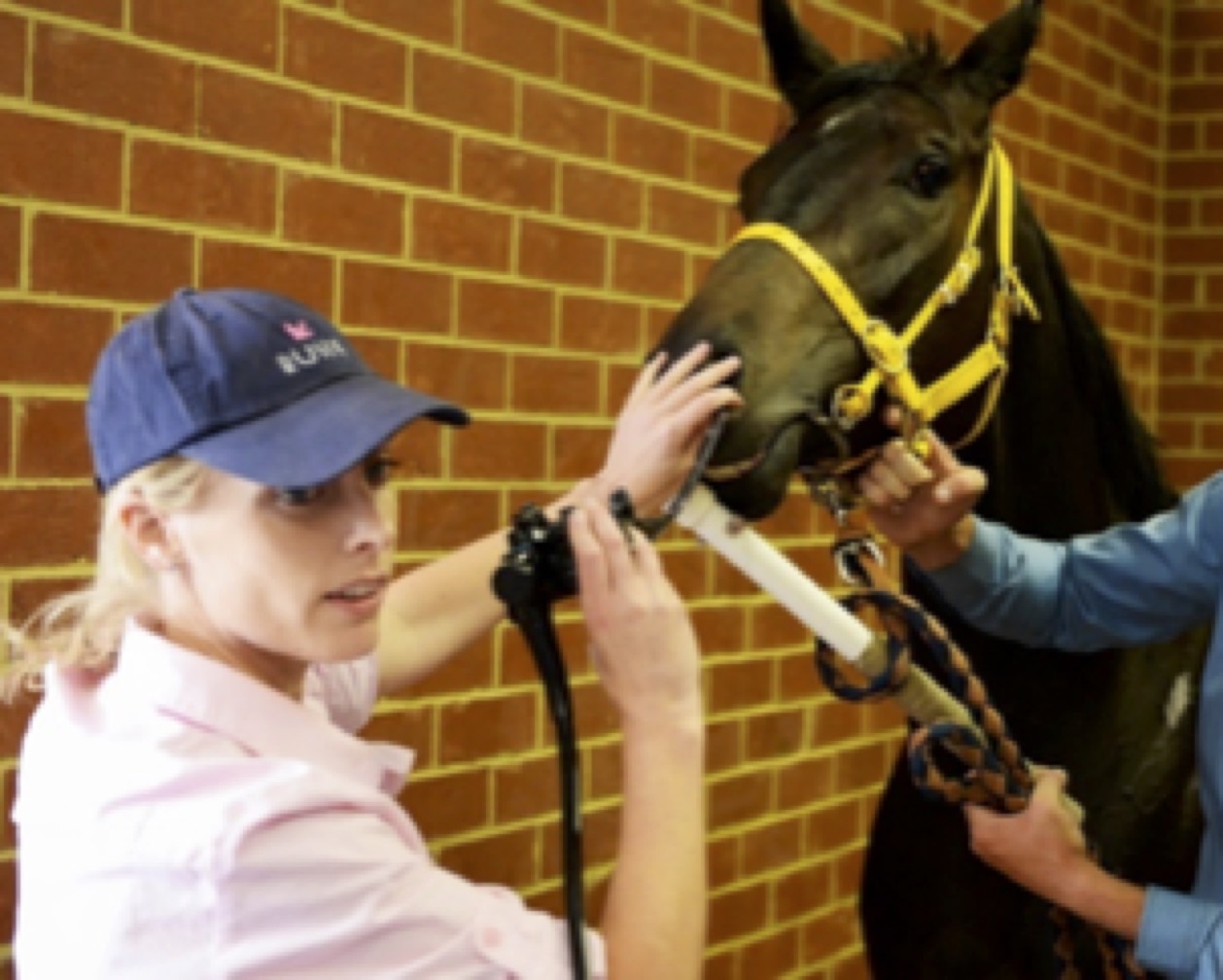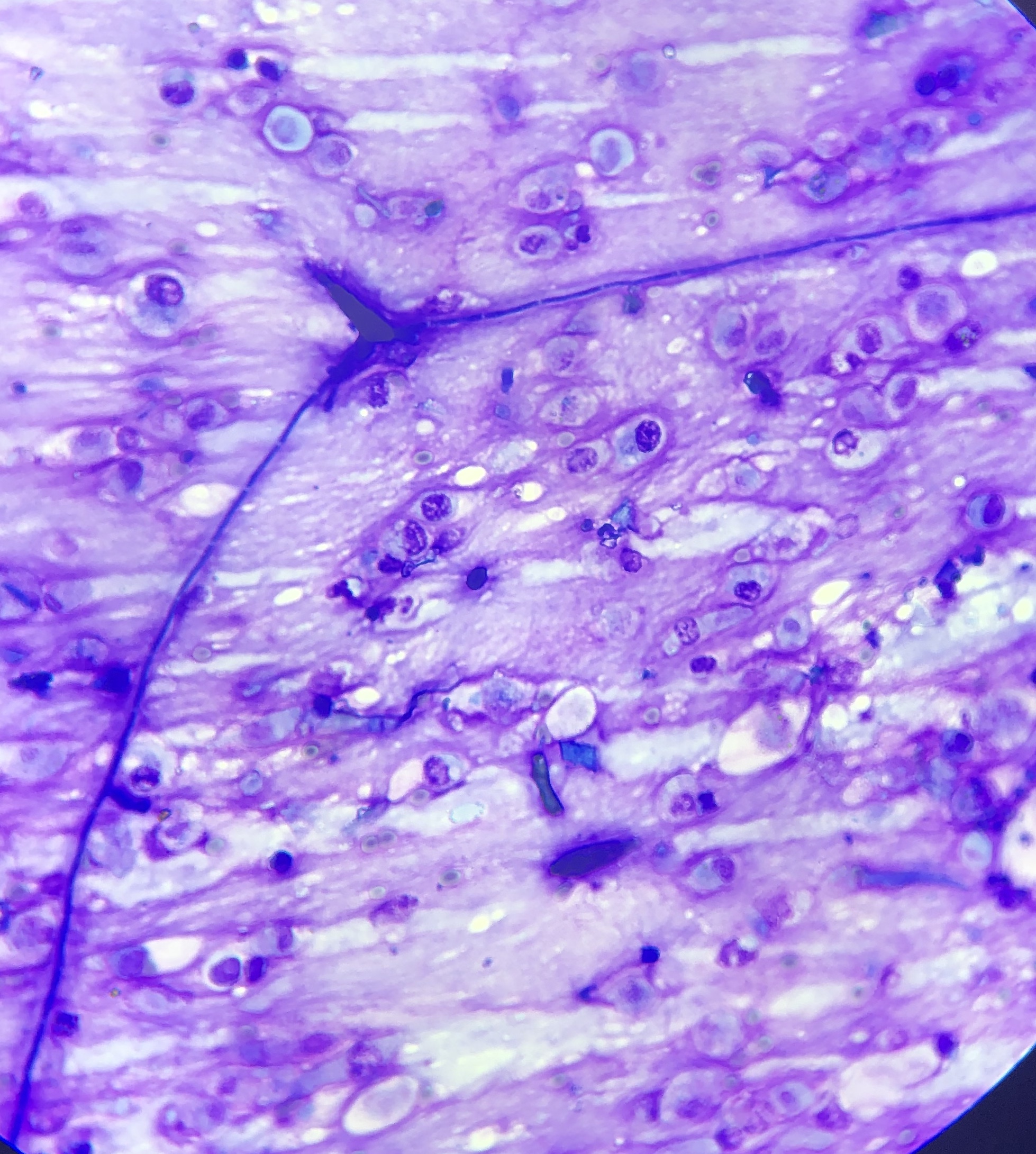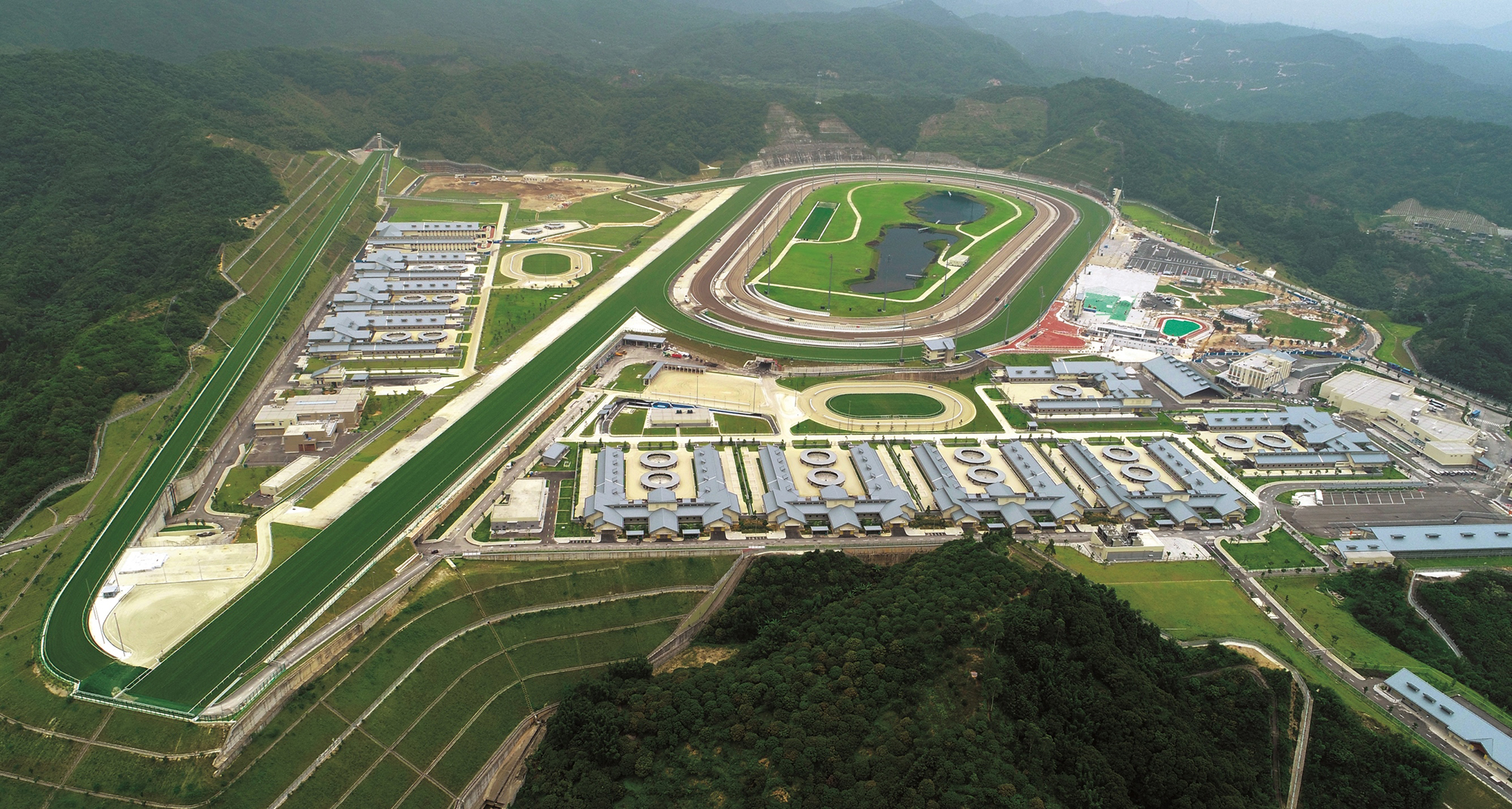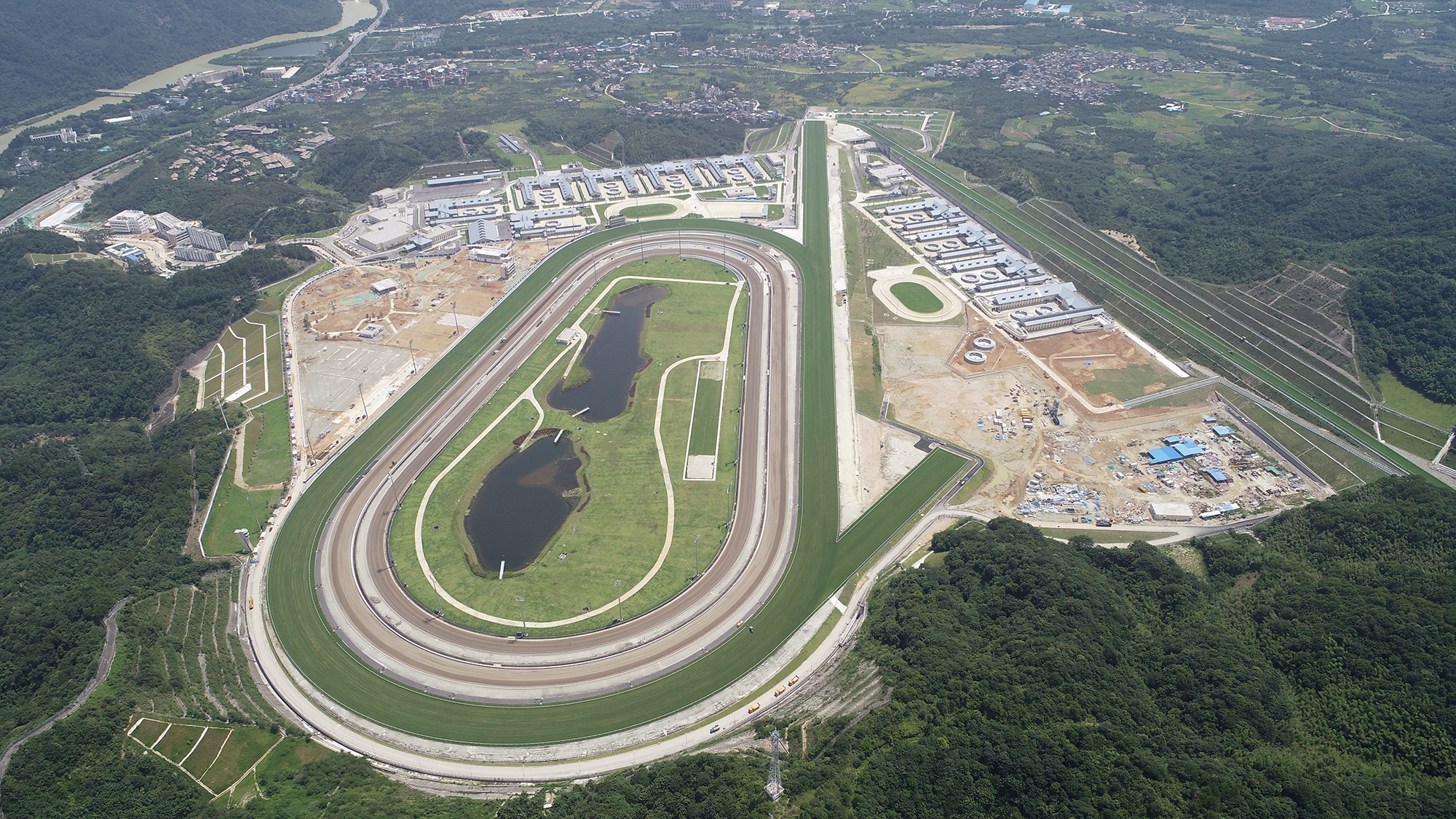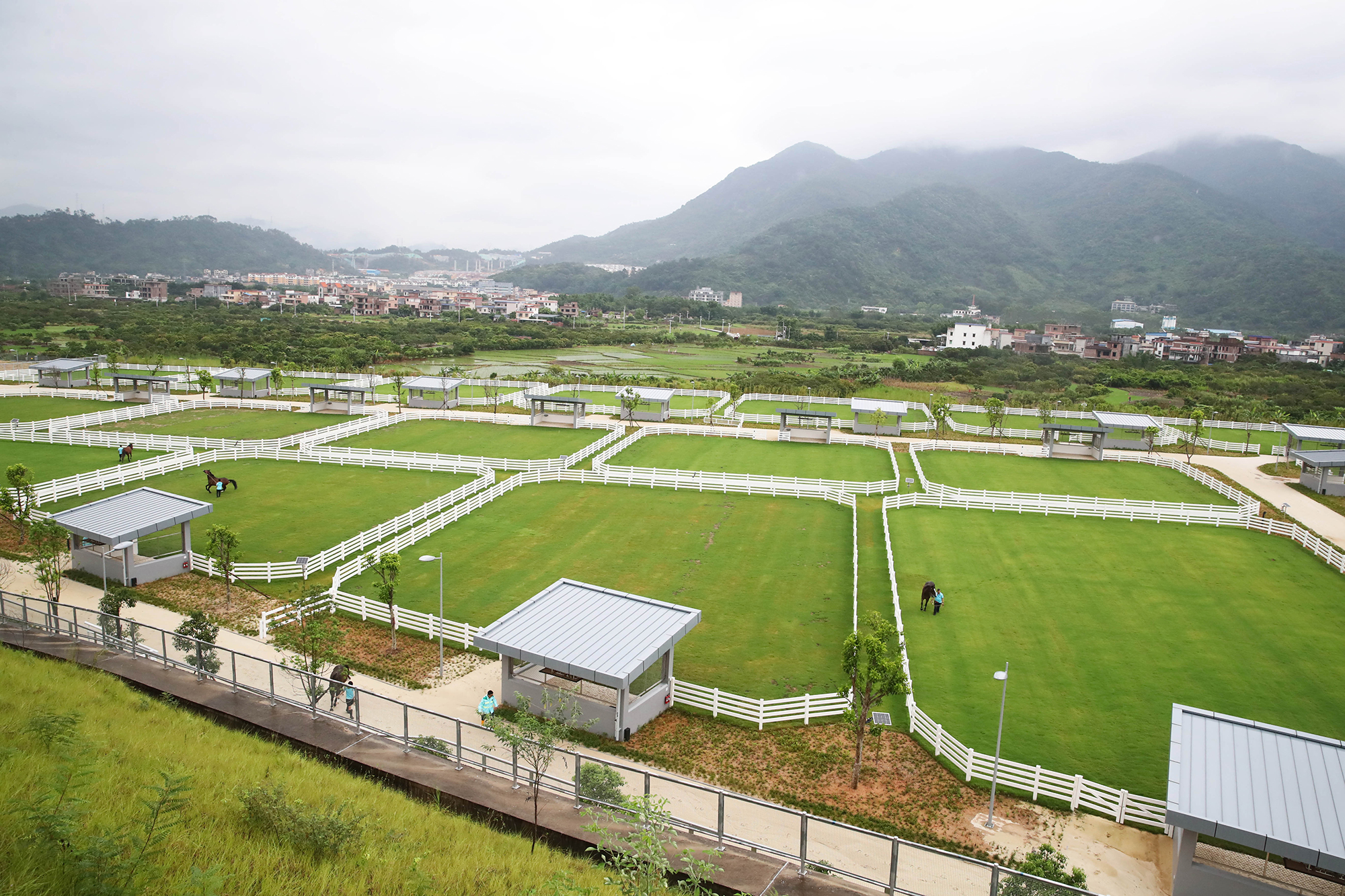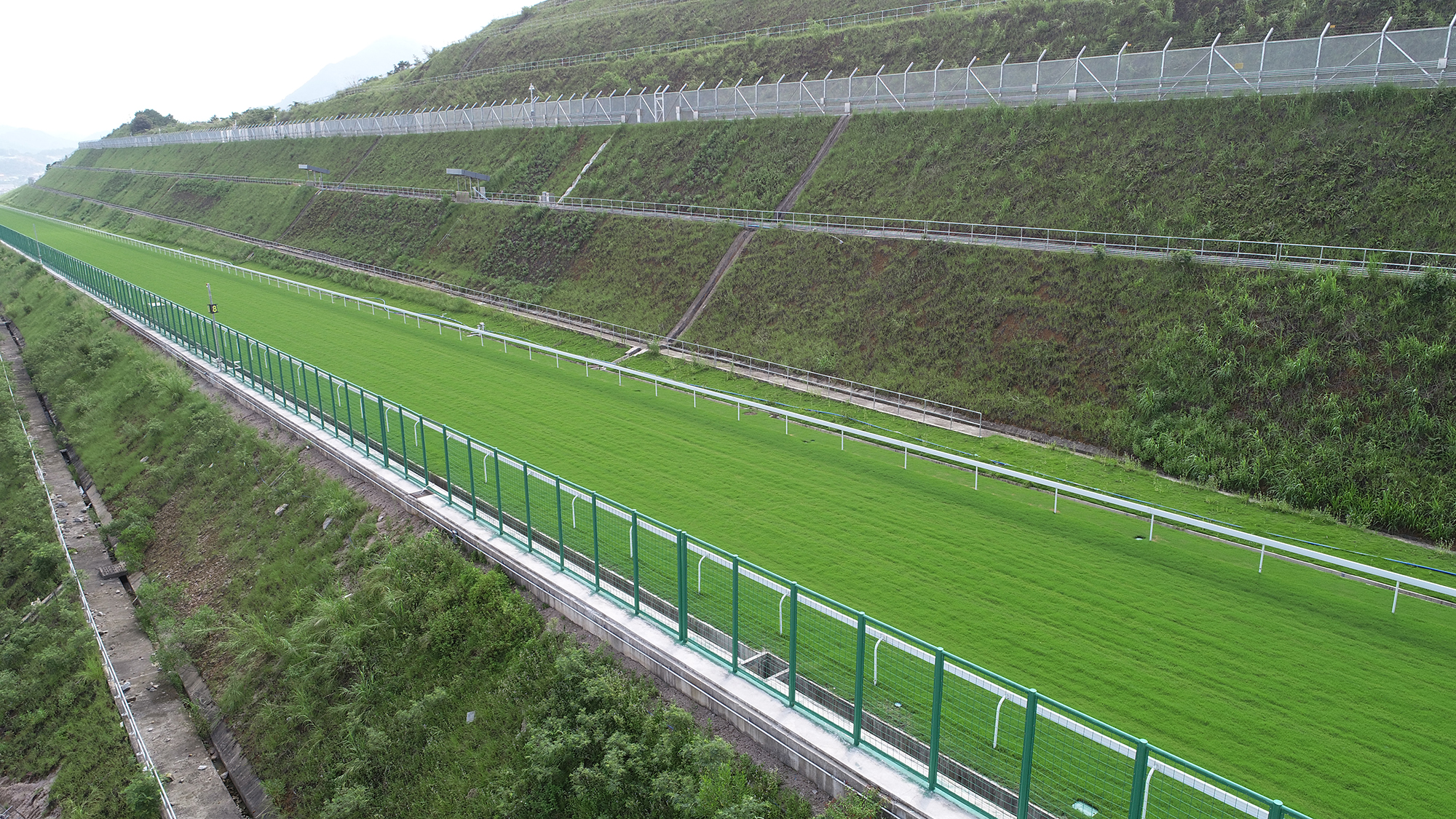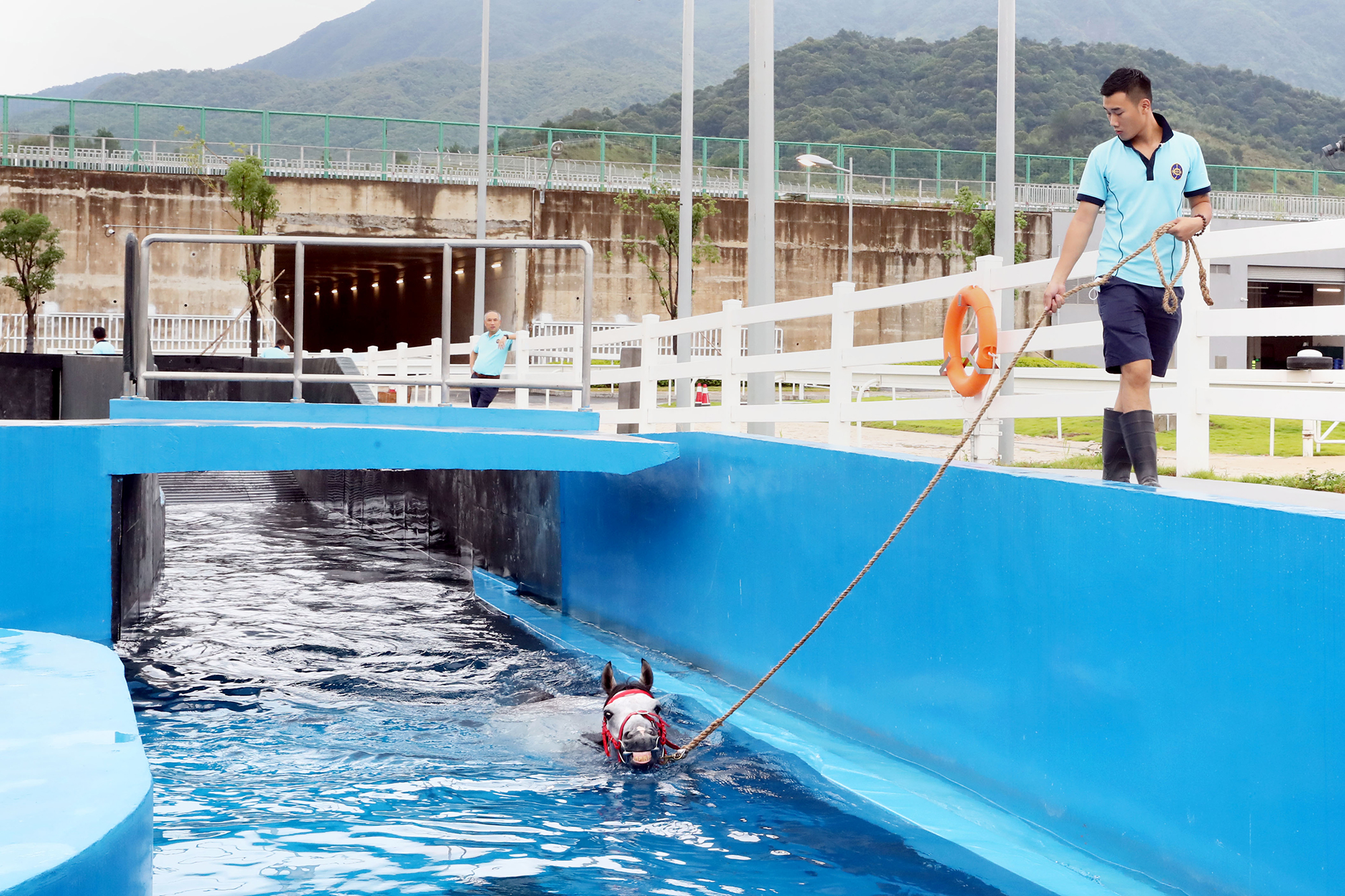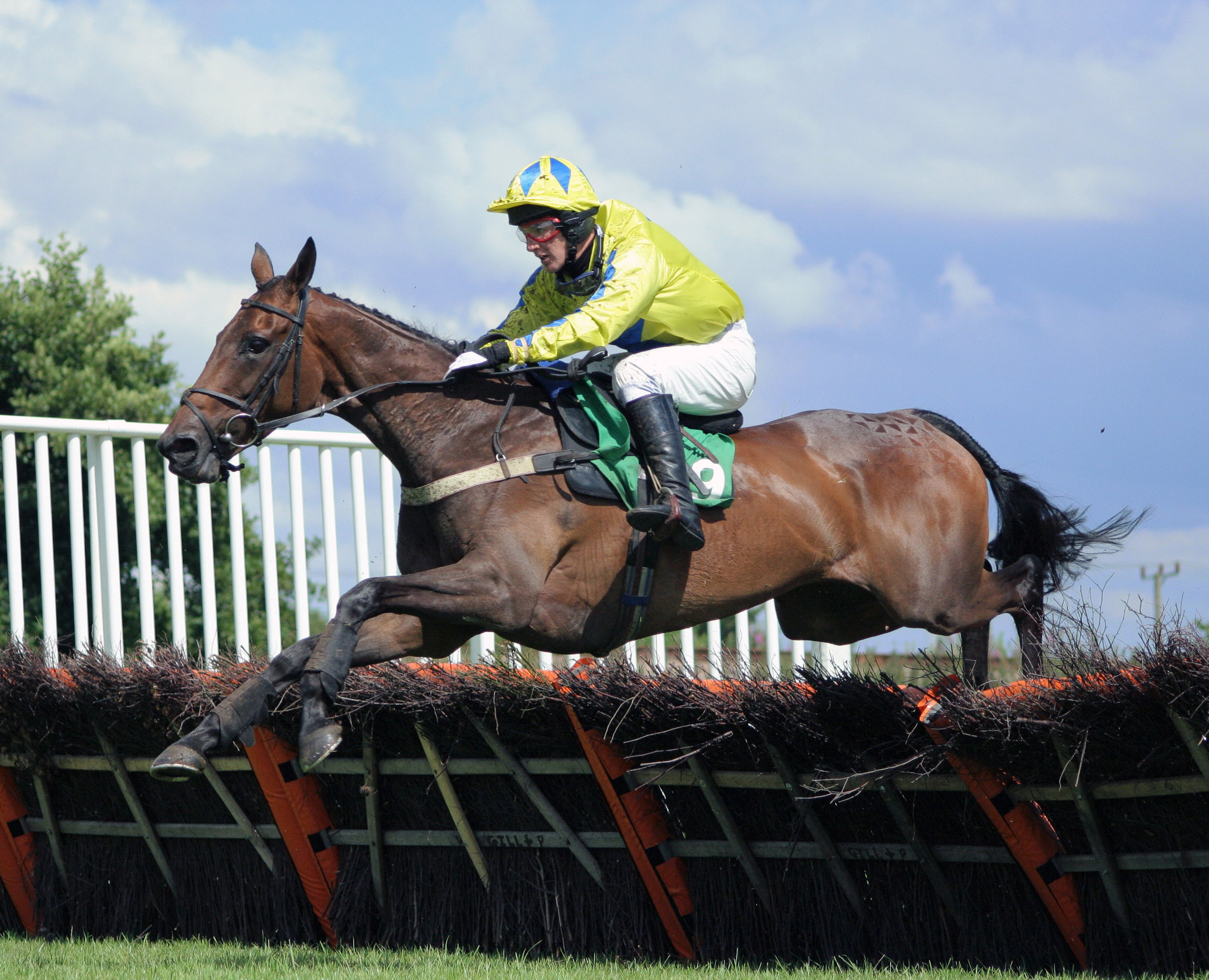Trainer Profile: Harry Dunlop
/By Carl Evans
Frustrated by the lingering vapour trails of the financial crisis, Lambourn trainer Harry Dunlop sought an edge, and found it in France.
That was in 2011, when he ventured to Arqana’s October Yearling Sale for the first time, bought a yearling and found an avenue which, while not untrodden, gave his business another angle, namely buying French-bred horses to race for British owners across the Channel. His yard was conveniently located little more than an hour from the ferry port at Portsmouth. The prize money was good, and the French system of premiums given to horses bred in the country was a very attractive extra.
Seven years later, after steadily developing the process, Dunlop’s string includes some ten French-bred horses with which to target races on both sides of the Channel. Brexit could cause a few bumps along the way, but with an experienced shipping company on side, and his growing knowledge of racing in France, he is optimistic of a bright future.
Dunlop says: “Whatever Brexit throws up we will take of it, and on that score owners do not need to worry. Luck Greayer handles our shipping and excels at sorting out matters and getting across borders”.
Reflecting on that exploratory cross-Channel buying trip, he says: “In 2011 the recession was still having an effect and things were quite tough; we felt we had to do something different. I made my first trip to Arqana for a yearling sale, aiming to buy a horse on spec with a small budget. We bought an Astronomer Royal colt [for €16,000], and I managed to get seven people to form a syndicate with the promise of some racing in France.
“Named Sir Patrick Moore, he turned out to be a really nice two-year-old, who won first time out at Newbury’s Lockinge Stakes meeting, teeing up the option of running in Royal Ascot’s Coventry Stakes. Instead of that, we took him to Compiegne for a Class B race which he won, earning the equivalent of finishing second in the Coventry. That opened our eyes to how profitable it could be to race in France, and, no less importantly, we were seen to be trying something different.
“Sir Patrick Moore went on to be placed in a Listed race at two and in the [Gp3] Greenham Stakes the following year, and the owners all enjoyed going to different racecourses and enjoying some good lunches. We later sold him very well to race on in Australia.
“It steamrolled from there; we went back to Arqana the following October and have since bought four Stakes horses from that sale. The pound is weaker against the euro than when we started, but most of the horses we have bought would probably have cost more in Britain or Ireland”.
Dunlop is a family man, with two young sons (Tom and William) who know which way to place a saddle on a horse’s back. William is becoming a pony-racing rider to note, and Harry’s wife, Christina, plays an important role in the business which cannot be overstated. A horsewoman who has ridden since childhood, Christina is involved at the yard on several fronts, not least as head of public relations.
Six years working for PR specialists Johnno Spence Consulting, with the Epsom Derby as her key client, Christina polished a naturally easy style that would make her invaluable in any trainer’s yard. Yet Christina is a grafter too, willing to tackle anything from office administration to intractable colts, while organising staff discussions and outings and spending time on the road. Saying, with a barely-veiled side-swipe at her husband, “I do a lot of travelling—Harry says I’m very good at it”, she adds: “I have been across to France with runners on many occasions, and my French is certainly not fluent, but I’ve found that when I ask for help—be it from trainers, their assistants or staff—everyone is very helpful. We have always been welcomed”.
To anyone who has been following racing in recent decades, no matter how distantly, the name Dunlop must ring bells, for Harry’s older brother, Ed, is a Classic-winning Newmarket trainer who has successfully raided big races around the globe, while their late father, John, was a champion trainer who sent out the winners of 10 British Classics.
Harry says: “Ed and I chat a lot, and he’s very helpful. Newmarket is the centre of flat racing and therefore it’s nice to hear what’s going on up there, and I stay with him during the yearling sales.
“Dad was very proud of our achievements, and Knight To Behold winning last year’s Derby Trial gave him some pleasure just before he died. He had won the race on a number of occasions, and the following day we chatted on the phone several times about where to go and what to do next. He always loved to know about the good horses. This is not an easy business, but it’s very rewarding, and Dad recognised that when both Ed and I wanted to go into training”.
From Paradis to Paradise in Lambourn….
















